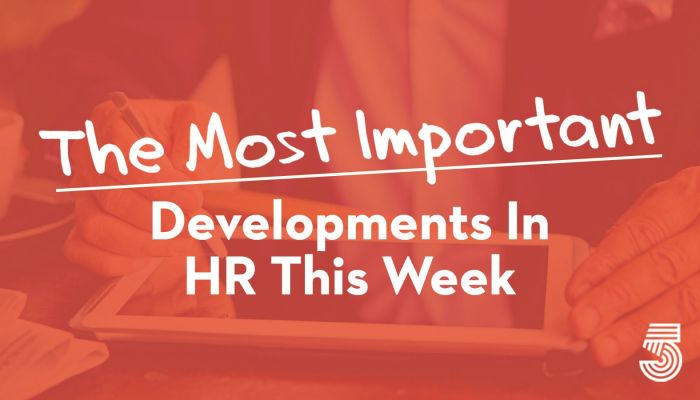The M.I.D., as we call it, is curated by our editorial team from more than 50 news sources. Like a lot of good ideas, this started as something I wanted for myself. If I can’t read everything, I at least want to stay abreast of the most important developments.
This week in HR, the joint employer designation changed yet again, long COVID impacted the labor shortage, a report about salaries gave insight into what the competition is paying people, Trader Joe’s got into hot water with unionizing employees, and it’s official: the job market is confusing.

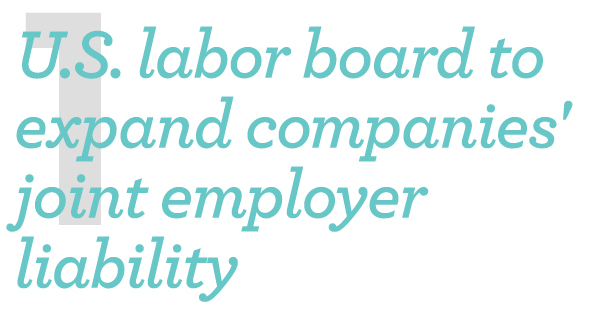
A U.S. labor board on Tuesday moved to make it easier for workers and unions to hold companies liable for labor law violations by their franchisees and contractors, proposing to revive an Obama-era standard heavily criticized by trade groups. The proposed rule from the National Labor Relations Board would treat companies as so-called “joint employers” when they have indirect control over working conditions such as scheduling, hiring and firing, and supervision. Joint employment has been one of the most contentious labor issues for many U.S. businesses since the Obama administration, when the NLRB had adopted a similar standard that trade groups said was unworkable and would curb franchising. A rule adopted during the Trump administration requires that companies have “direct and immediate” control over contract and franchise workers in order to be considered joint employers. Tuesday’s proposal would rescind that 2020 rule, which was favored by business groups. Reuters

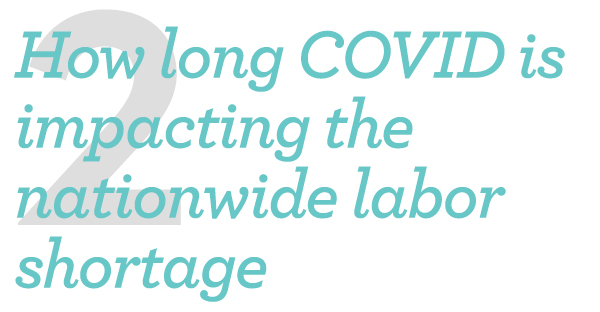
Persistent COVID-19 symptoms could be keeping millions of Americans out of the workforce. Economists and policymakers have struggled to figure out why a much lower percentage of working-age adults are in the labor force than before the pandemic. The number of Americans either employed or looking for work eclipsed its pre-pandemic level in August, according to Labor Department data released Friday. But the labor force participation rate remains 1 percentage point below its February 2020 level, a gap roughly equivalent to 1.6 million people. A smaller labor force hasn’t kept the U.S. from adding jobs at a rapid rate since mid-2020. The U.S. has replaced all 21 million jobs lost to the pandemic, with nearly 3 million jobs added this year alone, and brought the jobless rate down near pre-pandemic levels. Even so, thousands — if not millions — of Americans could be on the sidelines of the rapid recovery because they’re still too sick from prolonged COVID-19 symptoms to work. The Hill

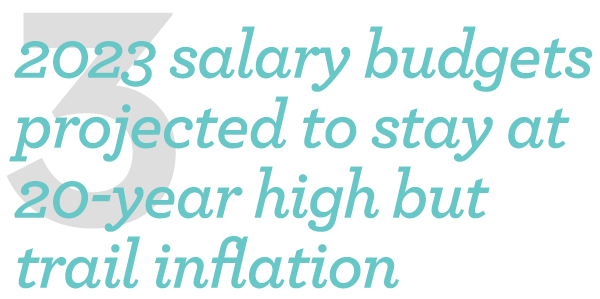
Salary increase budgets in the U.S. are projected to grow, on average, just over 4% for 2023, less than half of the current annual inflation rate of 8.5%, according to new survey data. WorldatWork’s Salary Budget Survey shows that salary increase budgets in the U.S. rose to an average of 4.1% in 2022, a 20-year high and much larger than the average 3.3% increase that last year’s survey of total rewards professionals projected in August 2021. A subsequent WorldatWork Salary Budget Quick Poll conducted in January 2022 reported that more than half of the respondents had increased their 2022 salary increase budget projections in the previous six months as inflation began to spike. For 2023, this year’s survey, which closed in June and received responses from 2,445 WorldatWork members, is forecasting that salary increase budgets will stay at an average of 4.1%. SHRM

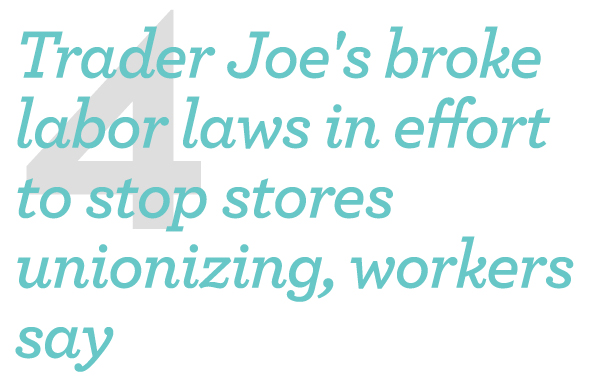
Workers at Trader Joe’s successfully won union elections this year at stores in Hadley, Massachusetts, and Minneapolis, Minnesota, but workers now have numerous filed unfair labor practice charges against the specialty U.S. supermarket chain, alleging the company has violated labor laws in trying to prevent further stores from unionizing. The move comes as a wave of unionizing efforts sweeps through sections of the U.S. economy, including at household names like Starbucks and Amazon. The situation at Trader Joe’s is especially notable as the firm has cultivated a liberal brand ethos and anti-union moves are likely to dent that public image. The Guardian

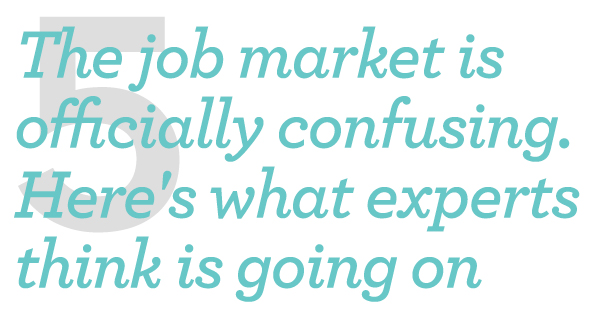
It is the best of times to be a job seeker; it is the worst of times to be a job seeker. It is a time of near record high vacancy rates. It is a time of near record high inflation. It is the age of the Great Resignation. It is the age of another Great Recession. It is the season of mass hiring. It is the season of mass firing. It is the season to switch jobs. It is the season to stay the course. As the job market continues to send opposing signals to job seekers, many are struggling to figure out whether we’re in the middle of a tight talent market or if we’re on the brink of a recession. “Both of these can be true at the same time,” says Toni Frana, a career services manager at FlexJobs. “Between the Great Resignation, the Great Reshuffle, and now with inflation and recession fears taking hold, it’s giving job seekers a lot to think about as they make career decisions.” According to a recent survey conducted by FlexJobs, these seemingly contrary indicators are already impacting how employees and candidates navigate their careers, with 80% saying inflation is having an effect on those decisions, and 73% taking the possibility of a recession into consideration. Fast Company






